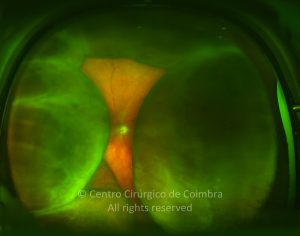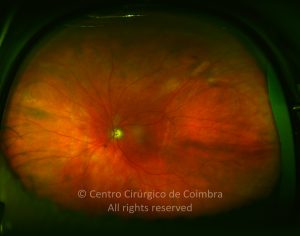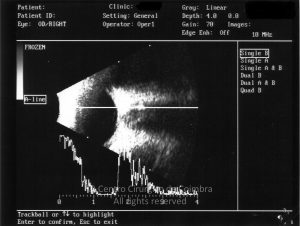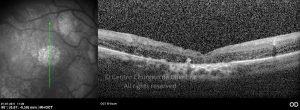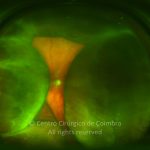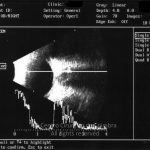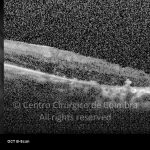O termo “efusão ciliocoroideia ou uveal” refere-se a uma acumulação anormal de líquido seroso na camada externa da coroideia e do corpo ciliar. O líquido acumula-se geralmente na camada supracoroideia em alguns casos, resultar de um verdadeiro descolamento ciliocoroideu da esclera.
A acumulação crónica de um líquido proteico na coroideia pode resultar na quebra da barreira hemato-retiniana externa, causando um descolamento não regmatogénio da retina.
A efusão uveal não é uma entidade específica, mas sim uma condição anatómica causada por uma série de doenças oculares e sistémicas.
CLASSIFICAÇÃO DA SÍNDROMA DE EFUSÃO UVEAL





